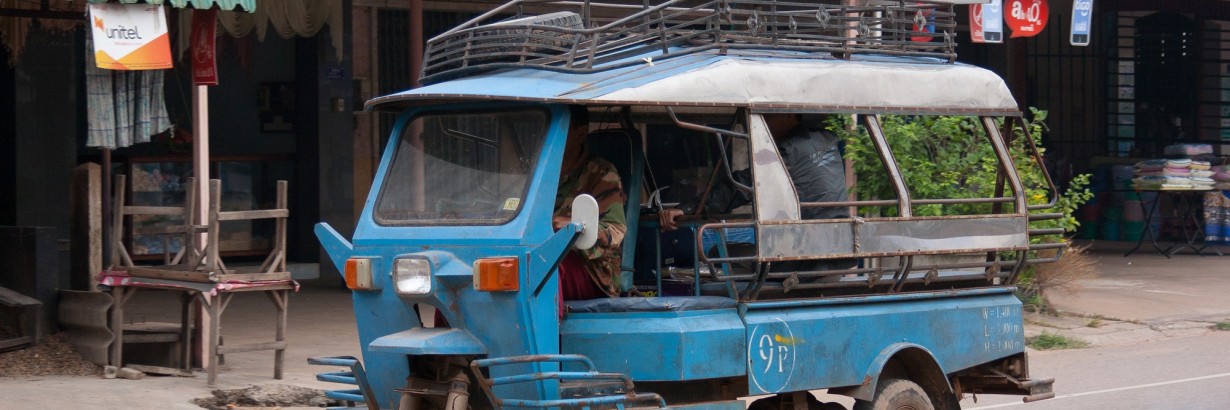
Without the strict safety guidelines found in many western nations, Asia has its fair share of unique, wild, and crazy modes of public transportation. Some range from quirky and nostalgic, while others are downright insane and bizarre. While many Asian countries have exceptionally reliable and world-class modes of transportation, this guide will focus only on the ones that make your head spin.
India
In India, it’s not uncommon to see taxi drivers driving an auto-rickshaw. This three-wheeled wonder is able to glide easily through congested streets while holding up to eight passengers. With quick steering and decent acceleration, the auto-rickshaw can be a fun and safe mode of transportation through India’s otherwise chaotic and messy streets.
Thailand
Thailand also has its version of the auto-rickshaw with its tuktuk. Unlike the auto-rickshaw, the tuktuk can only fit two additional passengers. However, it is insanely fast and the drivers are not likely to slow down anytime soon. As the rush-hour traffic of Thailand whirls by, the tuktuk is guaranteed to keep up with the best of them regardless of the fact that it has only three wheels.
Philippines
As the Philippines’ version of Thailand’s tuktuk, the motorela (or sometimes called a tricycle or ‘trike’) is generally much larger and with an abundance of colors and designs. Like the auto-rickshaw, the motorela can hold up to five passengers, and it is available as a taxi-like service. Unlike the previous vehicles, it is very slow and cannot easily travel over bumps or holes. While it may not be as fast or strong as other similar cars, the motorela provides a colorful and at times relaxing view of the world outside.
Laos
Now for the dangerous entry.
The songthaew is Laos’ version of the rickshaw, only instead of being a solid piece of machinery that resembles a car, it is really just a shoddily-built deck hitched to a tractor engine. Yes, this dusty, dirty, and quite rickety machine offers the cheapest transport in town; but at what price? The plastic roof rumbles over every pebble, and the ride is jerky even on the silkiest of roads. Luckily, it is mostly found in the rural areas of Laos.
Japan
In Kyoto, one can find the human-powered rickshaw. Like any other rickshaw, it can seat two to eight passengers, and it is able to ride smoothly between otherwise congested and unruly traffic. Unlike other rickshaws, this one replaces its engine for a human instead. While one might assume that this rickshaw is slow, the reality is that these human-engines make it their life’s work to bustle through the busy streets of Kyoto. While the human-powered rickshaw may not surpass a traditional one, these hard-working runners are able to transport passengers safely and somewhat quickly through Kyoto’s busy streets.
If given the option, it would be hard to choose just one of these unique modes of transportation. While the human-powered rickshaw may not overtake a car’s popularity, it certainly is preferable to the rickety and worrisome songthaew. Even as Asia’s streets continue to get more clogged with traffic and smog, these creative and unique modes of transportation are unlikely to leave anytime soon.
Daniel Thoo is a Singaporean travel writer and contributes tips for http://www.maxi-cab.sg.
He writes on topics of travel safety and is always on the lookout for interesting ways to get around a local city.
![Tuk-tuk_in_Savannakhet_01[1]](http://0129.org/wp-content/uploads/2014/04/Tuk-tuk_in_Savannakhet_011-300x199.jpg)